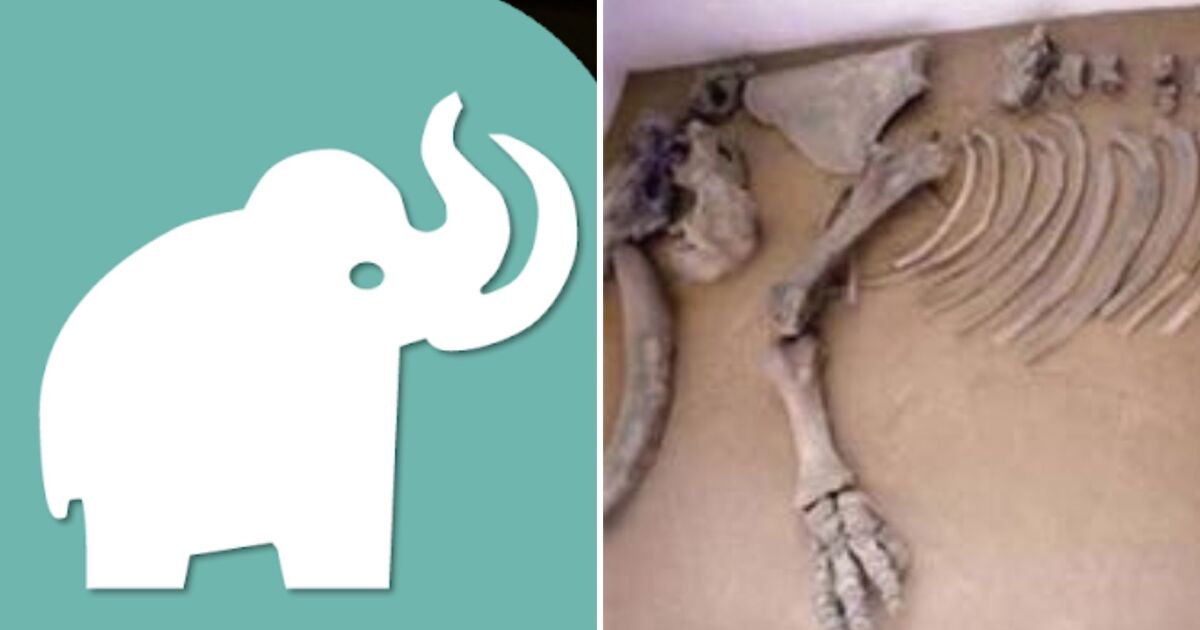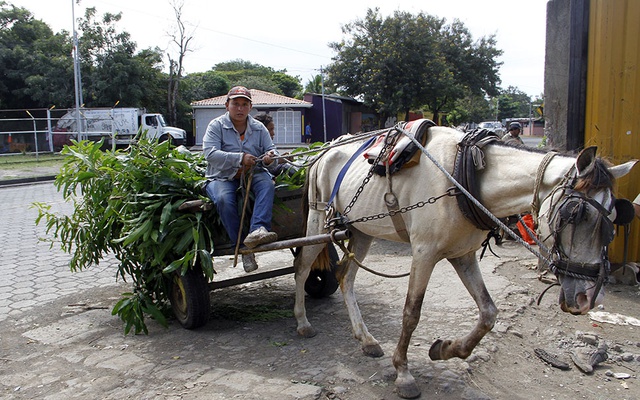Some of these discoveries were so significant that they were reflected in the iconography of the Metro. A part of the users identifies the Metro stations more by their image than by their name, not in all cases it is known what they represent.
Discoveries that are part of the iconography of the Metro
Pino Suarez
One of the most important findings was the temple dedicated to Ehécatl at the Pino Suárez station. Arana himself was in charge of the team of archaeologists who discovered the shrine, together with Jordi Gussinyer.
The Metro explains that it originally consisted of a large patio, staircases on three of its sides, several shrines placed in the center, rooms connected to each other by exterior steps, canals and walls, which constituted an access corridor to the Iztapalapa road. to Tenochtitlan.
The shrine to Ehécatl, which is one of the manifestations of Quetzalcóatl as deity of the wind, is located at the entrances of the Pino Suárez Metro on Line 1 towards the correspondence corridor on Line 2 and – of course – in the iconography of this station.
Talisman
Why, if the station is named after an object to which magical powers are attributed, is there a mammoth in the iconography of the Metro? The reason is simple, in 1978, during the construction of Line 4, at the intersection of Talismán and Congreso de la Unión avenues, the fossil remains of a Mammuthus archidiskodon imperator adult, a species that lived in the north of the American Continent during the Pleistocene period or Ice Age.








